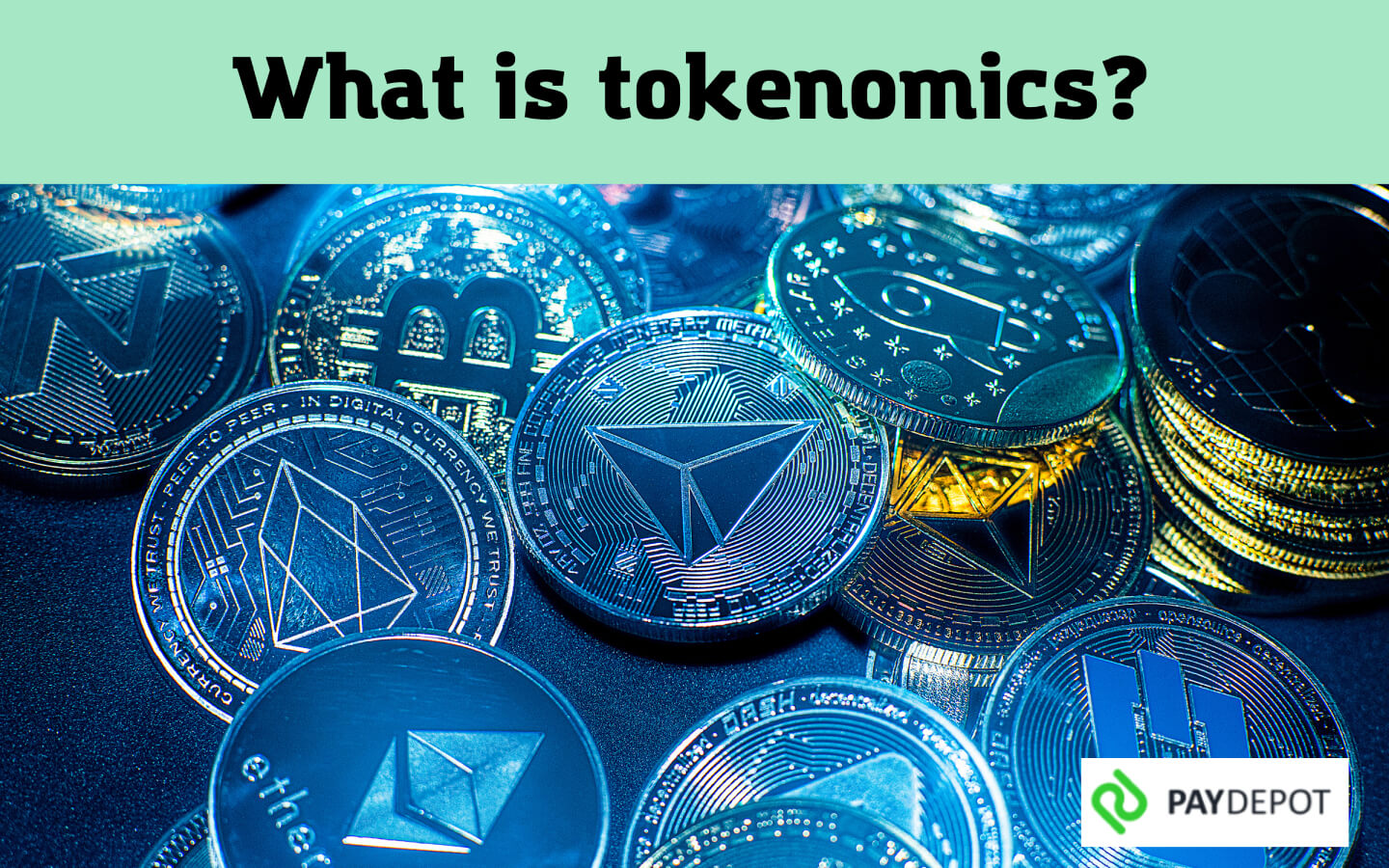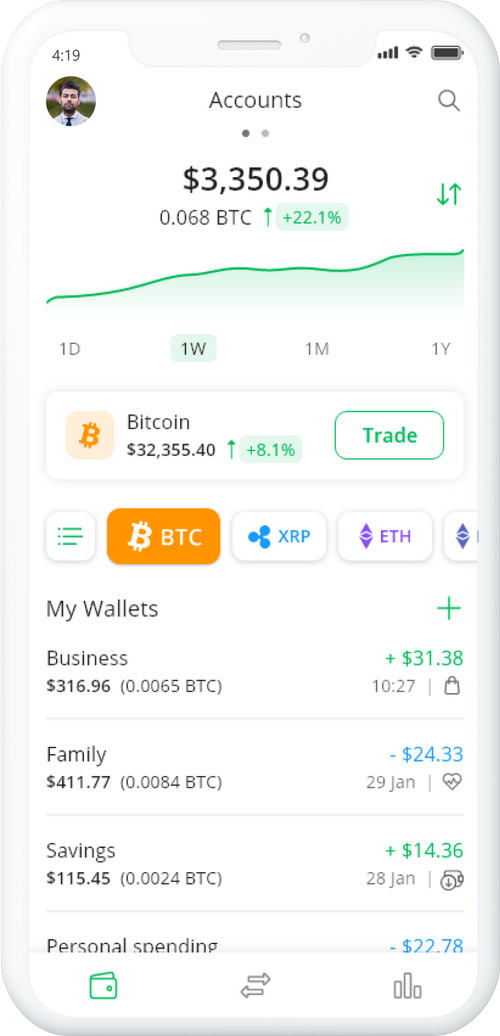One way to find out if a crypto startup can be trusted is through its tokenomics. By understanding what you should pay attention to, you can significantly increase your chances of choosing a successful project for investment.
You have invested in several promising assets, and your portfolio is performing well. And like any successful investor, you keep looking for new ideas to reinvest your money and further increase your passive income.
Everyone wants to find X's and enter the project at the "zero" stage. But what does it take? How do you know if a seemingly tempting offer is a scam or a throw-in?
If an investor is smart enough to build a well-performing portfolio, he probably won't invest more money in an untested idea than he can afford to lose. But recognizing a scam is not so easy. Scammers can fool even experts, so you should always stay alert.
What is tokenomics?

Tokenomics are the components that make up a token's interaction with a project. For example, what the buyer will get from hodling and why it is more profitable for him than dropping the asset at the nearest pumppe.
Reliable and well-designed tokenomics can launch a rocket, but poor quality or no tokenomics will kill the whole thing. Of course, there are exceptions to this rule, but don't take the risk of investing in an idea with blatantly bad tokenomics.
Another indicator of reliability is the utility of the token. What does the asset do for an investor beyond simply preserving its value? What motivates the buyer to hold it? Does he receive remuneration or passive income?
Let's break down the main parts of tokenomics.
Why is knowledge of tokenomics necessary?
If looking at an existing project with strong support, it is not necessary. But when looking for new promising projects, future rockets, and potential X's, you need to review and analyze their tokenomics page. Immediately skip the asset without such a section!
Take CropBytes, for example, which is an NFT game. They have two days left on their funding round. And the first thing I noticed is that the funding goal was a fund of a modest $230,000. New investors might think that the budget is too small for a serious project. However, it is just the right amount. Why?
First, it leaves users with plenty of opportunity to create value.
Second, unless the token is partnered with a large company like Google, for example, a $10 million request could be a sign of "carpetbagging" or inexperienced developers. Both are red flags.
CropBytes openly shows the distribution of its tokens. The team owns 16.09% of the coins with an effective period of 12 months and a monthly unlock period of 36 months. I think 3 years is too long. But the rares are making a serious effort to gain investor confidence, and that's a good thing.
Other details are important to gauge how much credibility the project has, so let's move on.
Tokenomics and its components

Purpose of funding
It is not necessary to have tens of millions of dollars in your account in order to launch a project. When cooperating with a large technology company, a measure of massive investor interest may be important, but it is more of an exception. So, check the goals of the project, and stay vigilant.
Allocation of tokens
Each project must have a distribution schedule. It is acceptable for developers to hold part of the tokens, but no more than 60%. Exceeding this value is a stopgap for an investor. Of course, everyone knows that Ripple owns most of XRP. But, it's also an exception. Make sure public investors have access to most tokens. For example, at CryptoCrop, it is possible to get 38.4% of coins through mining.
Vesting schedule
A project can have four stages of financing: initial, strategic, private and public. At each stage, the asset must grow in value for the investor, and the period before the start of each subsequent round must be shorter than the previous one. Since a later investor is paying more for their tokens, they simply don't have the patience to wait a long time to issue. Otherwise, you will have unsatisfied customers who will abandon the hodgepodge by selling the token on the first day.
The purpose of the token
What is the utility of a token? These days, you can't see it solely as a cache repository. It should do more than that. A CryptoCrop token is not just a measure of value, but an entire in-game monetary system. Helium (HNT) is also a good example: it is an IoT network with a wide range of uses, and the Wi-Fi hotspot generates HNT, so, the token is very attractive to investors.
Project goal(s)
What are the goals of the project? Are they clearly defined? A well-designed startup should have a clear, detailed set of goals, with a roadmap and deadlines. If there are none, be wary. The project must solve real problems, have vital goals, and be durable. Longevity means revenue growth, not siphoning off money.
Team Leaders
I saw a company page that had a picture of Ryan Gosling instead of a photo of one of the developers. So always pay attention to the data about the team. Find and analyze their LinkedIn pages. Consider whether their experience will benefit the project. For example, have they worked in business management or development? Or are they former doctors, lawyers, marketers, or actors? Check these people out. They should have relevant experience, and the more the better.
Native token
Creating a project based on ERC-20 does not mean it is a scam. Just check with tech support to find out why they chose an existing framework rather than making their own. For example, a project with specific goals, features and a reward system would probably need its own token. The amount of effort you put in can be an indicator of the seriousness of the company, or signal a possible pulling the rug out from under an investor if you get an inarticulate response.
How can understanding tokenomics help you make more money?
Longevity, a good team, detailed plans, a clear roadmap indicate reliability and sustainable future growth, which means profit for you. Therefore, strive to keep tokens in the project in the long run. Not being a cache vault, this system acts almost like a bank. You will make a lot of trades, and that is healthy market activity and price action for the project.
Often investors are looking for a "pump and dump" scenario. I am not one of those who are in favor of getting big money immediately at any cost. Becoming a millionaire overnight sounds tempting, but such offers are rare. I choose reliable, long-term, viable projects with great growth potential.
Now you can see the advantages and disadvantages of a new project and enter it from ground zero. Remember, never invest more than you can afford to lose, and all will be well. Remain vigilant and critical, because even with all this information, you can be cheated. Scammers have scammed many renowned experts, and it's easy for a person with no relevant experience to fall for the tricks of swindlers.
Conclusion
Tokenomics is critical to the viability of a crypto startup. All the data provided by the project team must be studied carefully. And any appearance of "red flags" that cause an intuitive sense of discomfort should serve as a signal that the project is worthy of the trash garbage can and not your investment portfolio.
The crypto space is rife with scammers. With experience, you will learn how to invest in assets that will lead us to financial freedom and perhaps make the world a better place, advancing the technology of the future for the common good. If you wish to start a profitable and reliable crypto project look at Bitcovault - a solid partner specializing in Bitcoin ATMs in the US market and worldwide.



